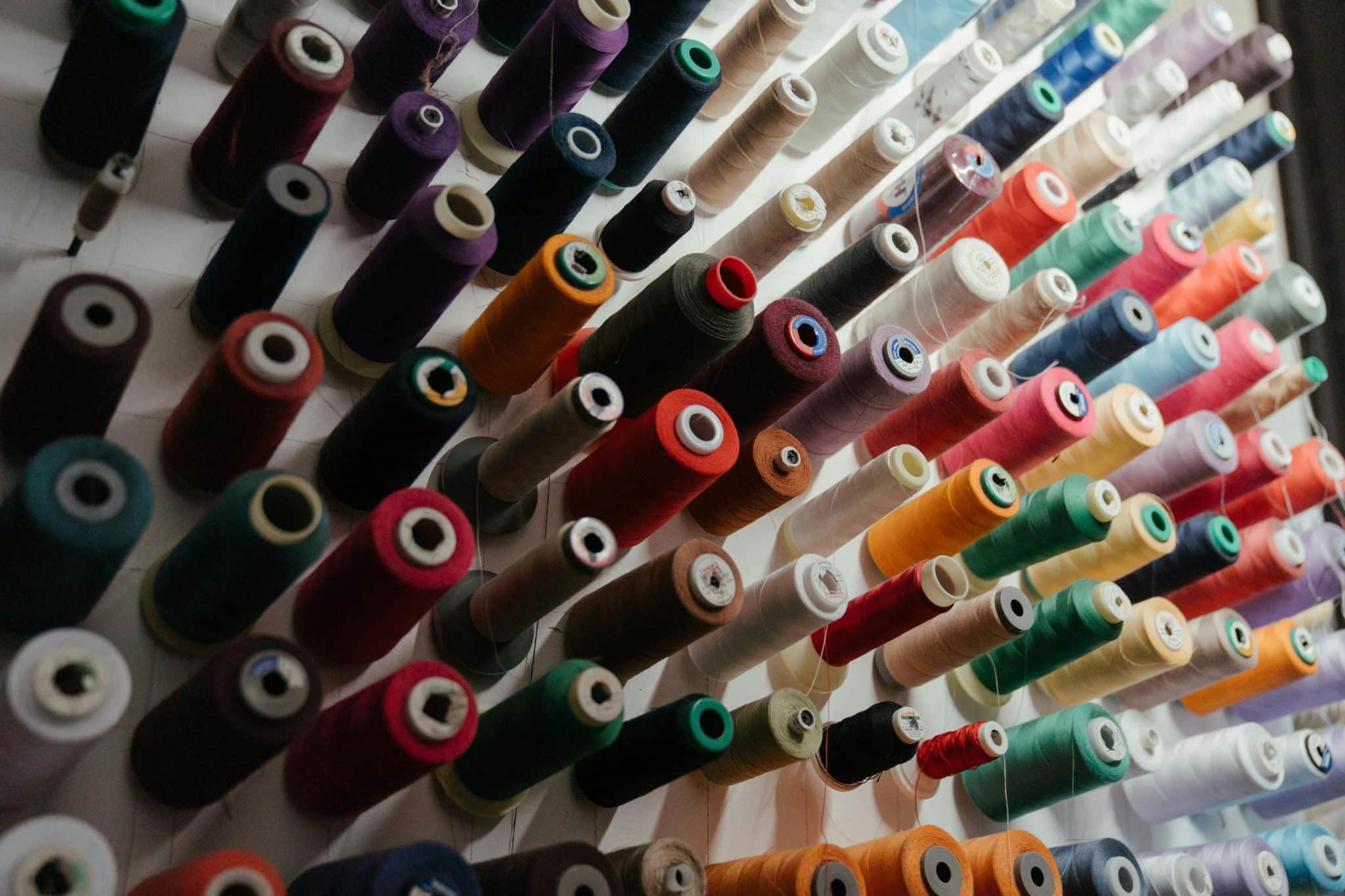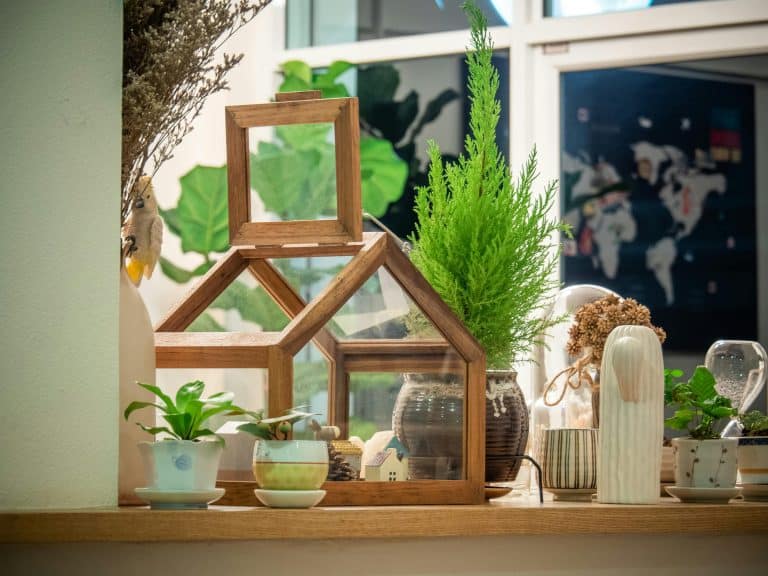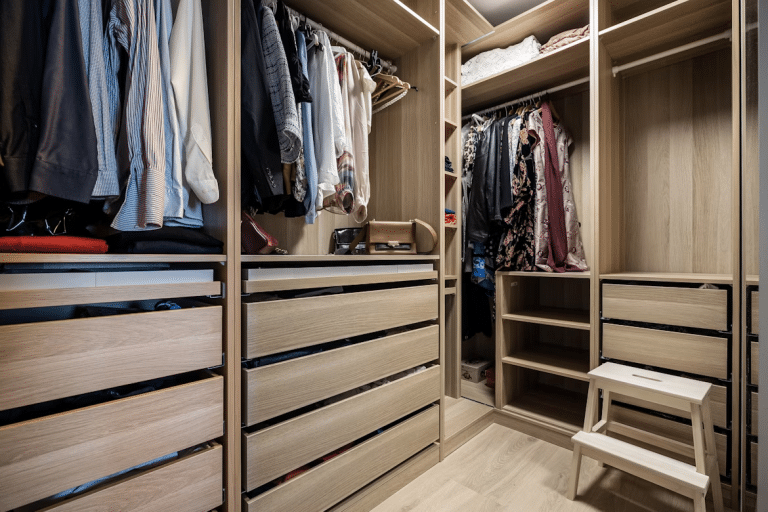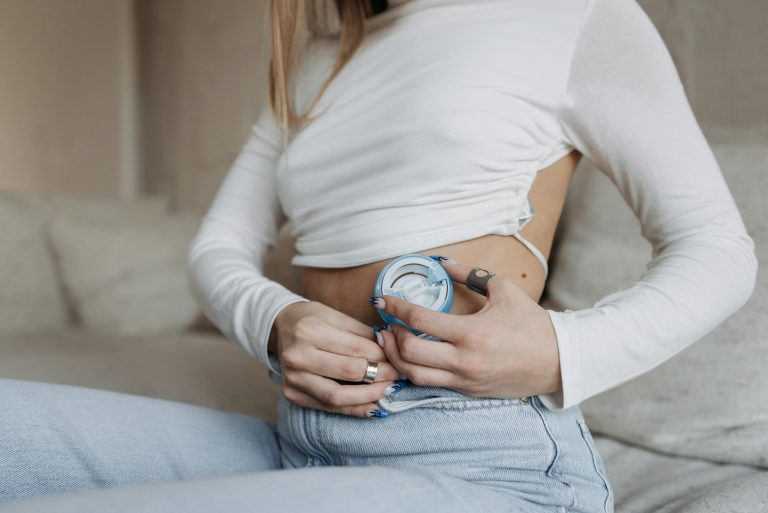How To Pick The Perfect Embroidery Thread For Any Fabric
If you’ve ever found yourself staring at a wall of thread options feeling completely overwhelmed, you’re not alone. Choosing the right embroidery thread Australia crafters love can make or break your project, and trust me, we’ve learned this the hard way after many frustrating hours spent picking out stitches that just didn’t work.
Today, we want to share everything we’ve discovered through years of trial and error (and plenty of “oops” moments) about matching threads to fabrics. Whether you’re embellishing delicate handkerchiefs or creating bold denim designs, this guide will help you pick the perfect thread every time.
Thread Materials: More Important Than You Think
Let’s start with the basics, what your thread is actually made of. We remember our first major embroidery failure when we used cotton thread on a stretchy t-shirt. After one wear, all our beautiful stitches looked like they’d been through a war.
Here’s what we’ve found works best:
- Cotton threads are our go-to for natural fabrics like linen or cotton. They give that perfect matte finish for traditional embroidery, but they can be a bit stiff. Perfect for tea towels and tote bags.
- Polyester threads have become our best friend for anything that needs to stretch or be washed often. That baby onesie you’re personalizing? Definitely go polyester.
- Rayon threads, oh how we love your shine. These are gorgeous for special occasion pieces, but they can be a bit slippery to work with at first.
- Silk threads are like the luxury sports car of embroidery, absolutely stunning but requiring some skill to handle. We save these for heirloom pieces.
And let’s talk about metallic threads. They’re beautiful but can be so frustrating. We’ve found the synthetic versions much easier to work with than real metal threads.
Thread Weight: It’s Not About Dieting
When we first heard about the thread “weight”, we’ll admit we were confused. But getting this right makes such a difference. Here’s how we think about it:
- Lightweight fabrics (think silk or chiffon) need delicate 60-weight threads. Anything heavier will pucker the fabric.
- Medium fabrics (like cotton shirts) work great with standard 40-weight. This is our most-used weight for everyday projects.
- Heavy fabrics (denim, canvas) demand thicker 12 or 30-weight threads that will actually show up.
A little trick we’ve learned? Always test your thread on a scrap of your actual fabric first. It’s saved me from so many disasters.
Color Matters More Than You’d Expect
We’ve all been there, you spend hours on a beautiful design only to have the colors bleed in the first wash. Heartbreaking. Here’s what we’ve discovered about keeping colors vibrant:
- Always check for colorfastness before committing. We do a simple test by wetting the thread and pressing it against white fabric.
- For items that will be washed often (like kitchen towels or kids’ clothes), polyester threads hold their color way better than cotton.
- If you’re making something that will be in sunlight (like a wall hanging), look for UV-resistant threads.
And can we talk about variegated threads for a minute? These magical threads that change color as you stitch have become our secret weapon for creating dimension without constantly changing threads.
Specialty Threads for Wow Factor
Once you’ve mastered the basics, it’s time to play with some fun options. Here are some of our favorites:
- Glow-in-the-dark thread, perfect for Halloween projects or kids’ room decor
- Wool threads, amazing for creating texture on winter accessories
- Water-soluble thread, a lifesaver for delicate projects like lace
We recently used some metallic embroidery floss from an embroidery thread Australia supplier for Christmas ornaments, and the sparkle was absolutely worth the extra effort.
Needles and Tension: The Unsung Heroes
Here’s something we wish I’d known sooner, your thread choice affects your needle choice. After breaking too many needles (and threads), here’s what works for me:
- Fine threads need slim needles (we use size 9-11)
- Thick threads require bigger needles (size 16-18) to prevent fraying
- For machine embroidery, you might need to adjust the tension when switching thread types
Our Top Tips for Thread Success
After all our years of stitching, here are the lessons we keep coming back to:
- Quality matters, cheap threads break, fray, and fade. It’s worth investing in good quality.
- Match your thread to your fabric’s weight, test on scraps first.
- Consider the item’s use, frequently washed items need durable threads
- Don’t be afraid to experiment, some of our favorite effects came from happy accidents
Where I Buy our Threads
Living in Australia, we’ve tried pretty much every embroidery thread Australia supplier out there. While we won’t name names (no sponsors here.), we will say that specialty craft stores often have better quality than big box retailers. Online stores can be great for hard-to-find colors and types.
Conclusion
Remember, there’s no single “perfect” thread, it’s all about what works for your specific project. Start with the basics, then gradually try new types as you gain confidence. Some of our best learning has come from projects that didn’t turn out quite as planned.
What’s your favorite thread to work with? Any disaster stories or brilliant discoveries? Share them in the comments, We would love to hear from fellow thread enthusiasts.








